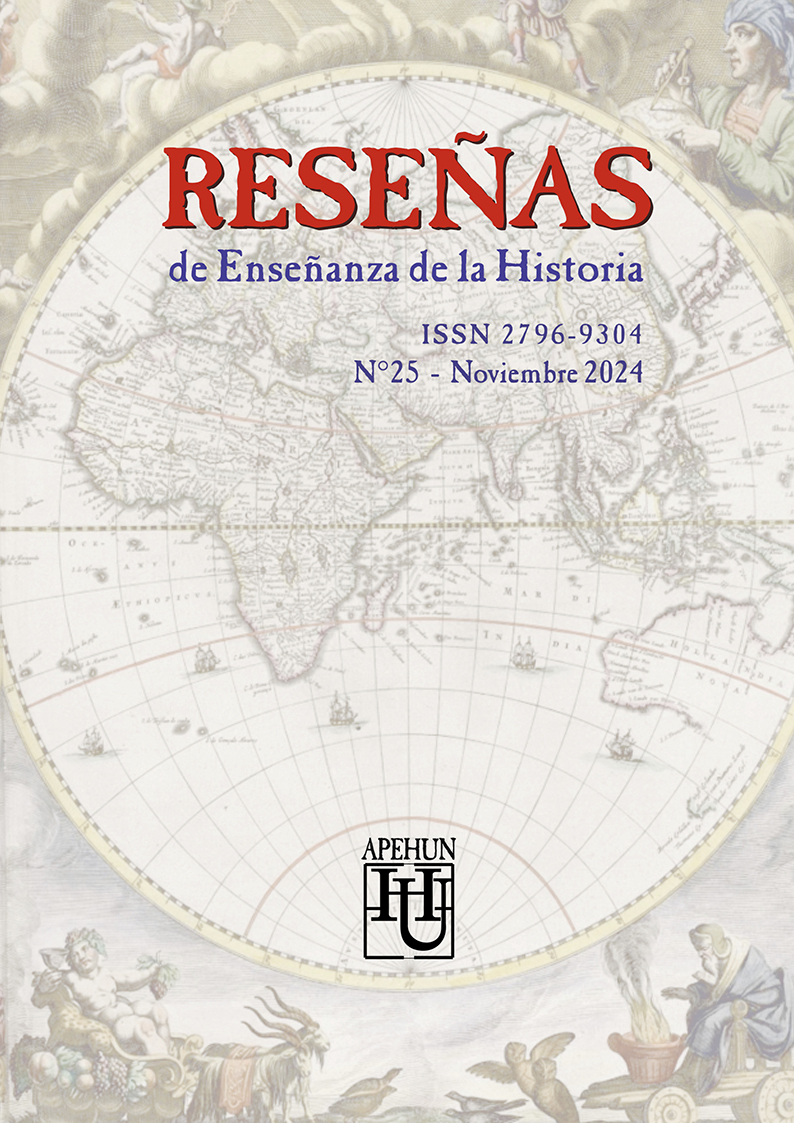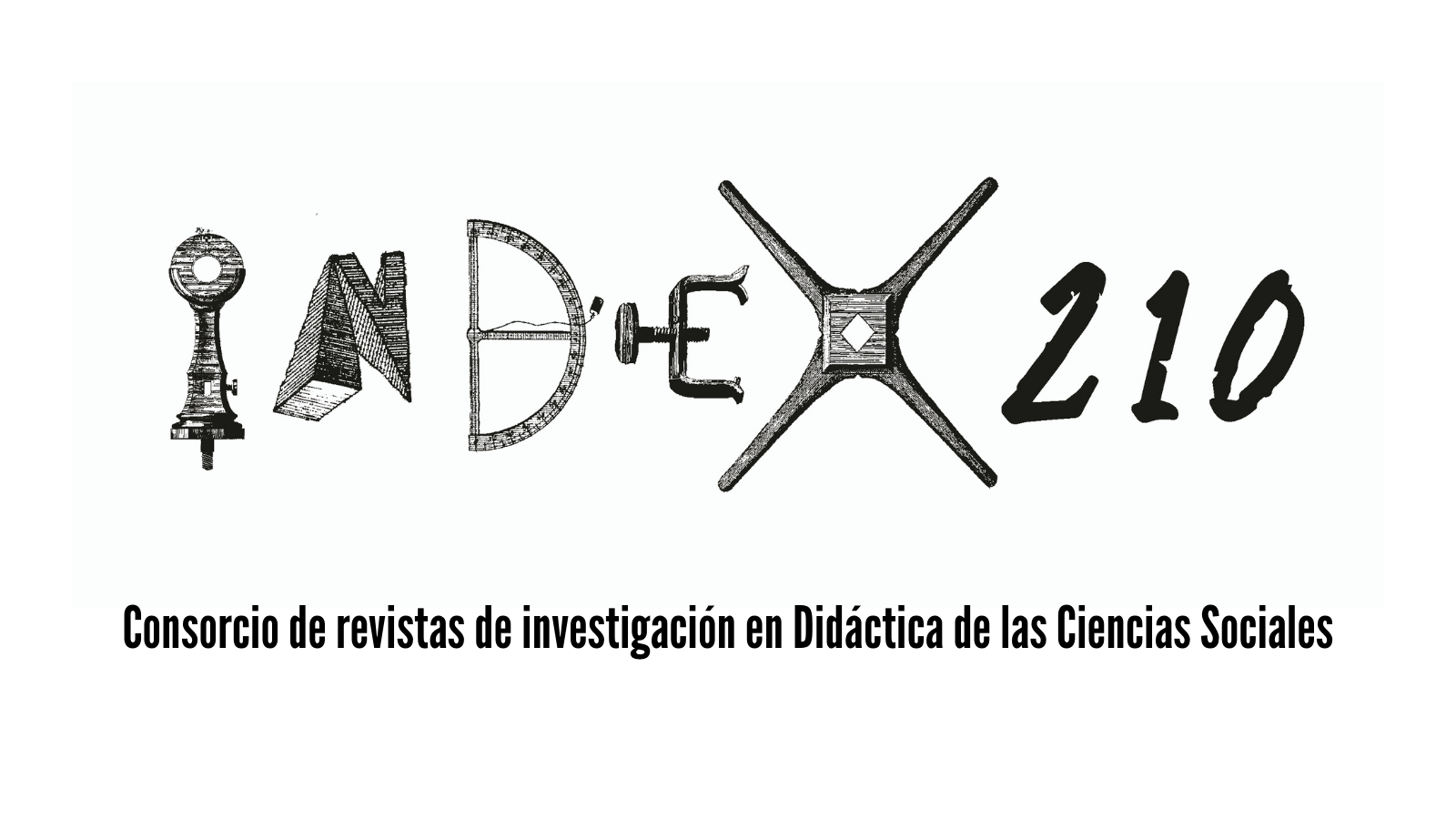The figure of the Egyptian in the secondary school: The fascination with the strange
Keywords:
Ancient Egypt, texts, representation, othernessAbstract
This article analyzes one of the main history books used in secondary schools in Argentine. It takes as its main theme of analysis, the figure of the Egyptian and his culture.
The aim of this work is to demonstrate that the image of Ancient Egypt and its society is still marked by gazes that are always focused on the mysterious, strange and at the same time fascinating of its culture. Representations that produce a cultural distance between Orient and Occident.
It is a construction of representations of otherness, which for years are reflected in textbooks and which in turn create an image in the student of the other, different, strange and distant at the same time.
Downloads
References
Artieda, T. (2007). Los discursos escolares sobre la alteridad indígena. Aportes sobre el "pasado" y el presente en los libros de lectura de la escuela primaria argentina. Nordeste 25. Recuperado de: https://revistas.unne.edu.ar/index.php/nor/article/view/2619
Cervelló Autuori, J. (1996). Cap. 1: Egipto, África y la Historia. En Egipto y África: Origen de la civilización y la monarquía faraónicas en su contexto africano, pp. 13-32. Editorial Ausa.
Chartier, R. (1992). Historia del libro e historia de la lectura. En El mundo como representación. Estudios sobre historia cultural, pp. 105-162. Gedisa.
Dujovne, M. y Calvo, S. (2004). El museo y la visita escolar. Imagen, Revista del Instituto de Historia del Arte Argentino y Latinoamericano, pp. 93-109, FFyL, UBA, Buenos Aires.
Eggers Brass, T. y Derendinger F. (2010). Historia I: Los primeros hombres, los primeros estados, los distintos mundos, pp. 51-57. Maipue.
Isler Duprat, R. (2010). Reflexiones sobre cómo construirnos desde el patrimonio. Iconofacto. Revista de la escuela de arquitectura y diseño, Volumen 6 - número 7, pp. 181-196, Universidad Pontificia Bolivariana, Medellín.
Kuhrt, A. (2000). El Oriente Próximo en la Antigüedad, c. 3000-330 a. C. Vol. 1. Crítica.
Lacarrieu, M. (2016). La alteridad y el exotismo en clave patrimonial turística. Aportes desde la Antropología. Quaderns de l`Institut Catalá d´Antropologia N°32. Recuperado de: http://www.raco.cat/index.php/QuadernsICA/article/view/320292
Liverani, M. (1995). El Antiguo Oriente. Crítica.
Murphy, S. (2006). Repensando Oriente-Occidente. Facultad de Filosofía y Letras, UBA.
Pérez Largacha, A. (2007). Historia antigua de Egipto y del Próximo Oriente. Akal.
Quiroz, L. (2020). Investigar y enseñar historia en perspectiva feminista decolonial. Márgenes, Revista de Educación de la Universidad de Málaga, 1 (2), pp. 138-152. Recuperado de: https://doi.org/10.24310/mgnmar.v1i2.6786
Rodríguez, M. G. (2009). Sociedad, cultura y poder: la versión de Michel de Certeau. Papeles de trabajo, Año 2, nº 5.
Segato, R. (2013). El Edipo Negro: colonialidad y forclusión de género y raza. En La crítica de la decolonialidad en ocho ensayos, pp. 179-210. Prometeo.
Zingarelli, A. (1996). Algunas consideraciones sobre la propuesta editorial para la enseñanza de Historia Antigua. Clio & Asociados N° 1, pp. 81-89.
Downloads
Published
How to Cite
Issue
Section
License
Copyright (c) 2024 Reseñas de Enseñanza de la Historia

This work is licensed under a Creative Commons Attribution-NonCommercial-NoDerivatives 4.0 International License.
Reseñas de Enseñanza de la Historia distribuye sus contenidos bajo la licencia https://creativecommons.org/licenses/by-nc-nd/4.0
Usted es libre de:
Compartir - copiar y redistribuir el material en cualquier medio o formato.
La licenciante no puede revocar estas libertades en tanto usted siga los términos de la licencia.










